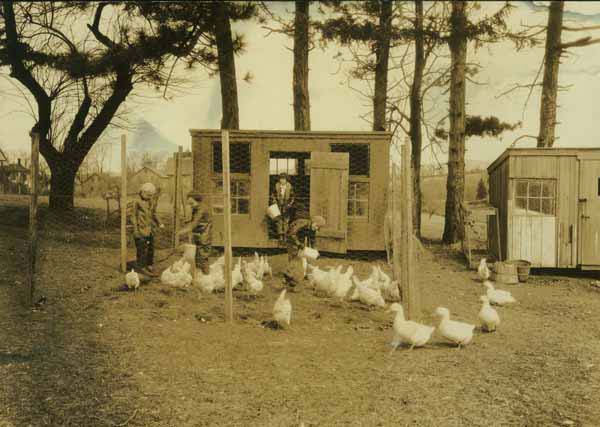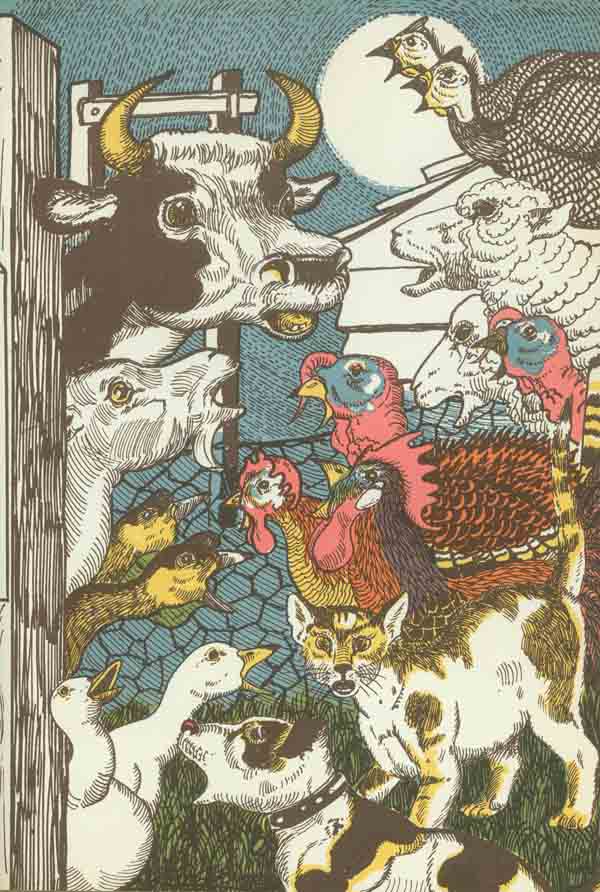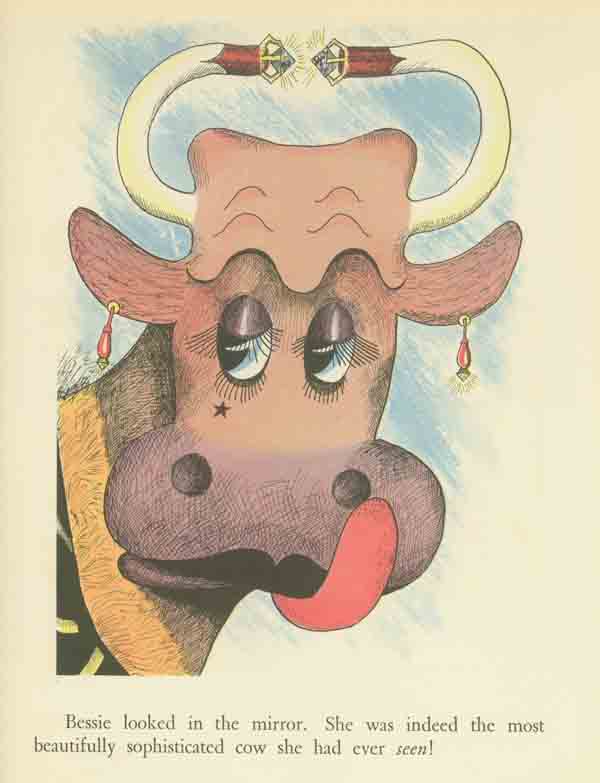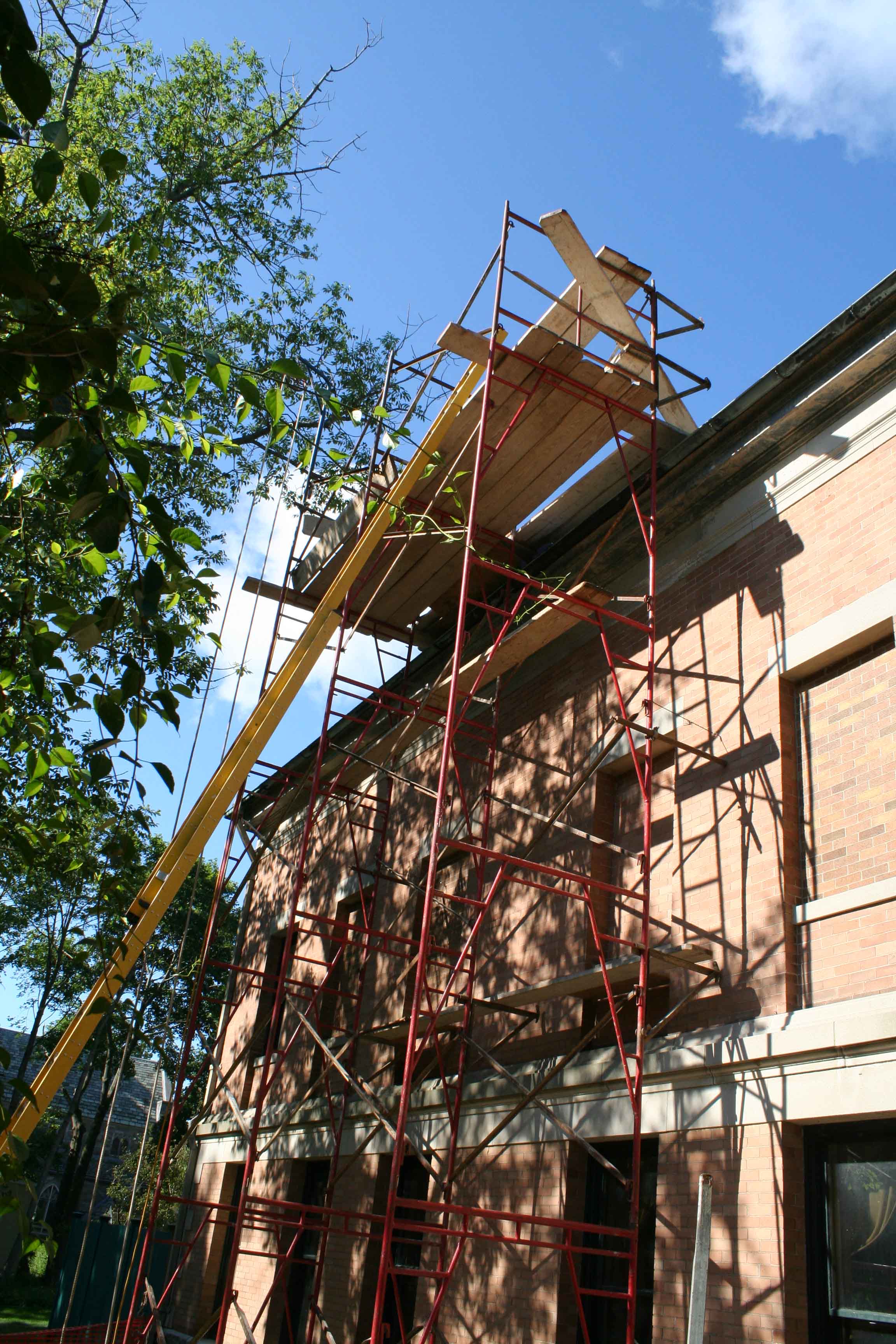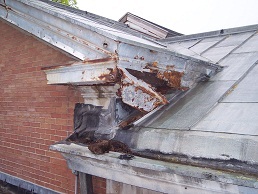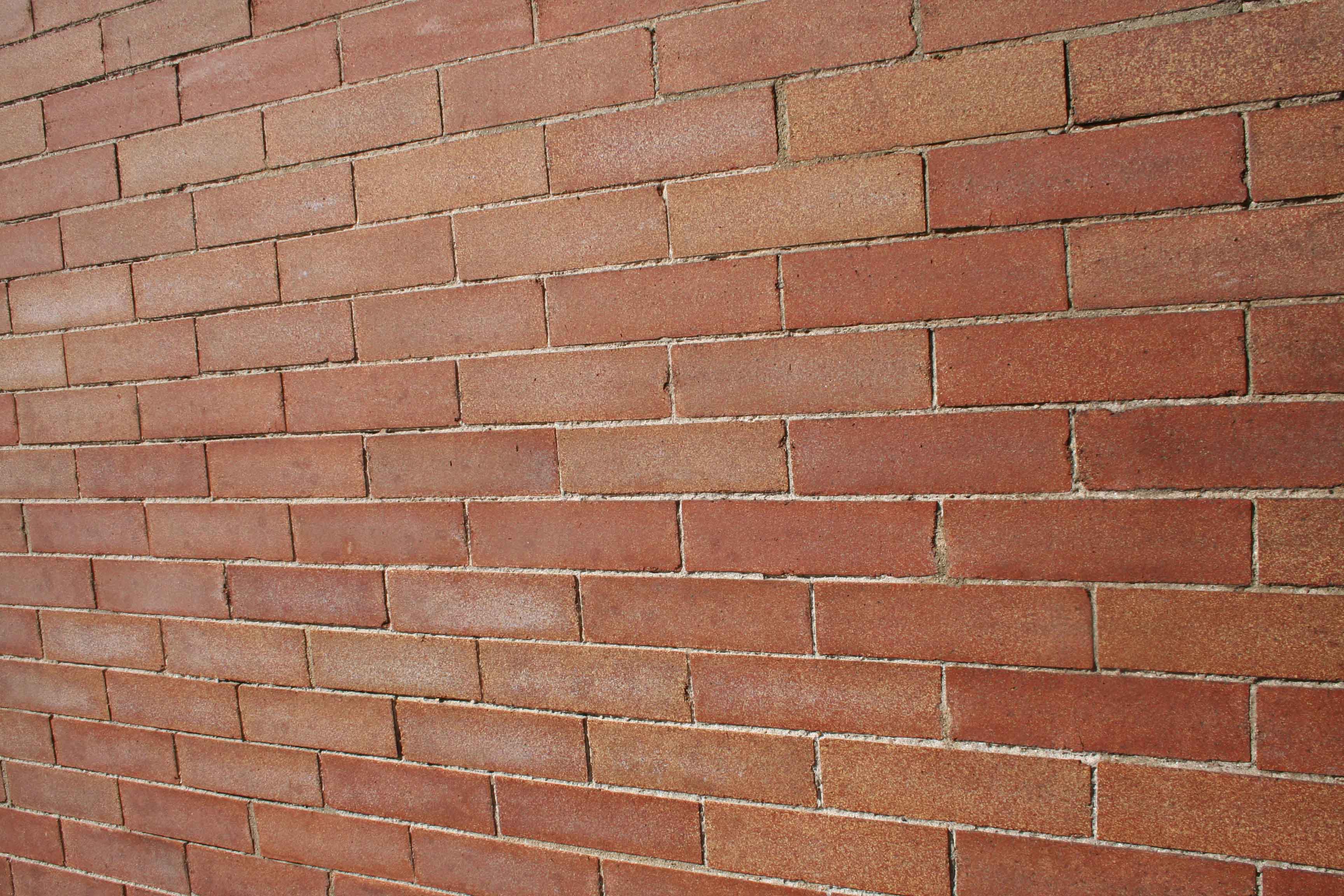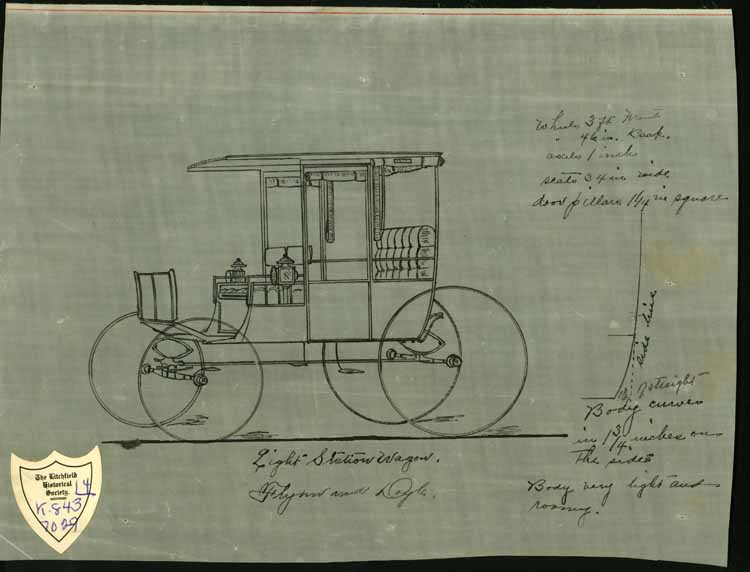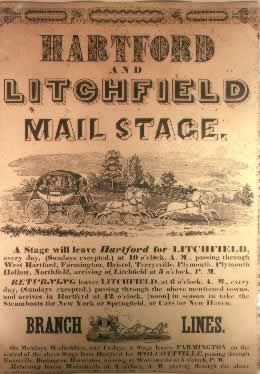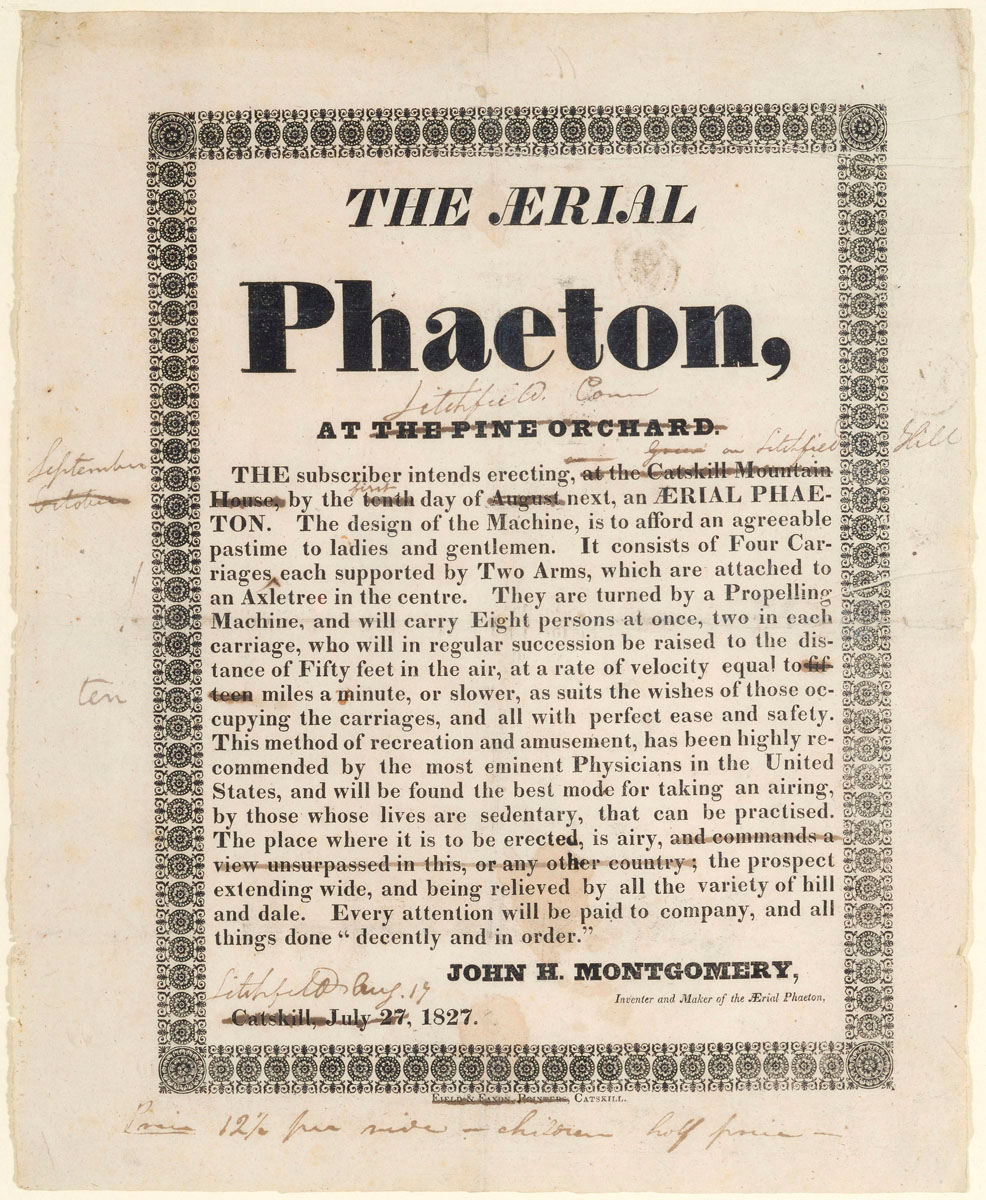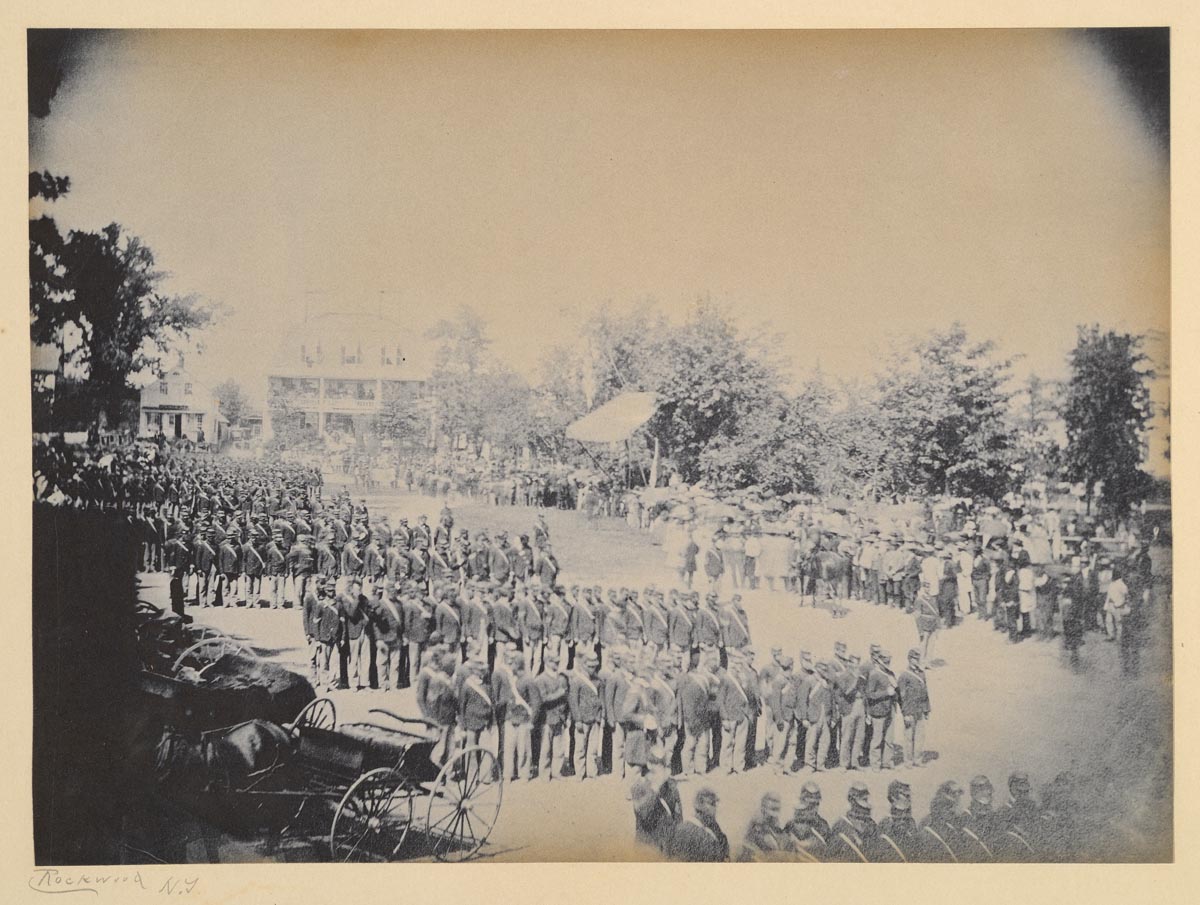Finding that existing history texts were too dense and too expensive for young students, Litchfield resident Sarah Pierce compiled Sketches of Universal History, Compiled From Several Authors for the Use of Schools which was printed in 1811. This copy belonged to Female Academy Student Nancy Barclay Crawford.
Dwight C. Kilbourn (1837–1914) donated this copy of Benjamin Dudley Emerson’s Second Class Reader. This edition was printed in 1844 and may have been used by Kilbourn during his school days. He would go on to become a lawyer who attained the rank of Lieutenant in the Second Connecticut Heavy Artillery during the Civil War. He also authored The Bench and Bar of Litchfield County, 1709–1909.
Noah Webster spent time in Litchfield as a young man. He studied law with Jedediah Strong prior to working as a teacher and later compiling a dictionary. Webster’s publications also included this Elementary Spelling Book and The History of the United States (also given by D.C. Kilbourn).
McGuffey Readers were commonly used for educational purposes from its first printing in 1836 into the early twentieth century. This volume was donated by local resident Frank M. Coe. In addition to being used locally, the readers have another tie to Litchfield. William Homes McGuffey was from the Ohio Western Reserve where he was active in a movement to support free common schools supported by tax money. He joined Calvin Stowe and his wife, Harriet Beecher Stowe, in supporting the cause.
Rose Dale is one of a set of three volumes owned by John Williams Quincy (1866–1950). Quincy was a descendant of Deming family and spent a considerable amount of time in Litchfield with his family. In the late 1800s, an as-yet-to-be-determined condition required John Williams Jr. to spend the rest of his life under private institutional care.
Nils Hogner, author of Farm for Rent, was born in Massachusetts to Swedish immigrant parents. He attended Rhodes Academy, Copenhagen, Denmark, Royal Academy of Arts, Stockholm, Sweden, Boston School of Painting, and the School of the Museum of Fine Arts, Boston. He married Dorothy Childs, an author, in 1932. They purchased Hemlock Hill Herb Farm in Litchfield and remained part-time residents throughout their lives.
Ben Hawthorne, author of Bessie Bossie, was born Benton Deming, son of William Champion Deming and Imogene Hawthorne Deming. He was the great-grandson of Nathaniel Hawthorne and of Julius Deming. He was a radio disk jockey and served in WWII. The following was written about his show:
Early morning programs, musical clocks are one of the most successful types of jockeying. Programs like Ben Hawthorne’s WTIC (Hartford, Conn.) session with Bessie the Cow, sold millions of dollars of merchandise for G. Fox department store down through the years, before the army got Hawthorne. Bessie the Cow was only a sound effect yet a book was written about Bessie that did a sock job through New England, the area served by WTIC.
Billboard 1944 Music Yearbook, page 64
Anne Lyon Haight (1895–1977) contributed an essay to the Children’s Book Show 1945–1950 publication. She married Sherman Post Haight in 1914. She was a writer and a lecturer who was active in various book clubs and museums in New York. Her family lived in Litchfield part-time.
Dorothy Childs Hogner, author of The Wild Little Honker, wrote many books illustrated by her husband Nils.
Dorothy Childs Hogner wrote of her Litchfield Home in the introduction for the second edition of The Junior Book of Authors, 1951.
We enjoy the city and like living here in winter, but, perhaps even more, we enjoy our camp in Connecticut, where we go in summer.
In winter we drive up there quite often to feed the birds. We have about eleven acres of woodland, in a remote spot, and when the snows are heavy we have to walk through drifts to get there. The birds are always glad to see us, the chickadees, the nuthatches, the juncos, and even the wild shy grouse, which will come out and eat corn when we are there, if we sit very quietly inside, looking out of the window.
Of course, these birds, and all the wild animals which live there, the chipmunks, squirrels, rabbits, and others, make wonderful characters for our books. We have put up a salt lick too, so the deer come near our back porch, and sometimes we catch a glimpse of a fox, or of the handsome shy lynx cat which lives in the near-by forest.
There is only one animal we do not find amusing. That is the woodchuck. We liked him at first, but he is such a glutton. He enjoys filling himself on greens we plant in our garden, and we are both very fond of gardening. So we and the woodchucks do not get on!
